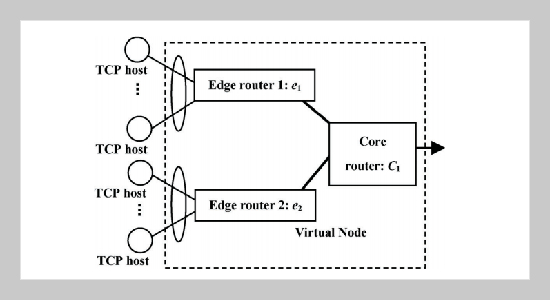Ling-Yun Lu This email address is being protected from spambots. You need JavaScript enabled to view it.1 and Yi-Gang Cen1 1Institute of Information and Science, Beijing Jiaotong University, Beijng 100044, P.R. China
Received:
December 17, 2010
Accepted:
January 10, 2011
Publication Date:
September 1, 2011
Download Citation:
||https://doi.org/10.6180/jase.2011.14.3.01
With the network architecture more and more complex, it is an interesting problem how to cooperate many routers working in the multilayer network simultaneously. Since these AQM (Active Queue Management) algorithms based on the single router have not considered the link capacity of connected routers, there are some disadvantages, e.g., it is difficult to deal with the congestion problem effectively only according to a single edge router’s information. In this paper, we analyze the stability of the congestion control algorithm with cooperation between edge and core routers by setting the available AQM parameters, and reveal the reasons that the cooperating congestion control can effectively control congestion by the model. The proposed theorems consider the stability of the AQM network under many data flows, which ensures that there is no congestion in the largely higher network without additional control block. The proposed stability analysis theory is based on the classical Random Early Detection (RED) and is considered from the aspect of virtual node. Finally, according to the algorithm and stability analysis, we give the dynamic simulation results of experiment about the TCP window size, instantaneous queue length, the dropping probability and the throughput. This paper describes the detrimental consequences of oscillatory or chaotic behavior based on the stability theorem for the cooperating congestion control algorithm.ABSTRACT
Keywords:
s: Congestion Control, Active Queue Management (AQM), Random Early Detection (RED), Stability Analysis
REFERENCES
















